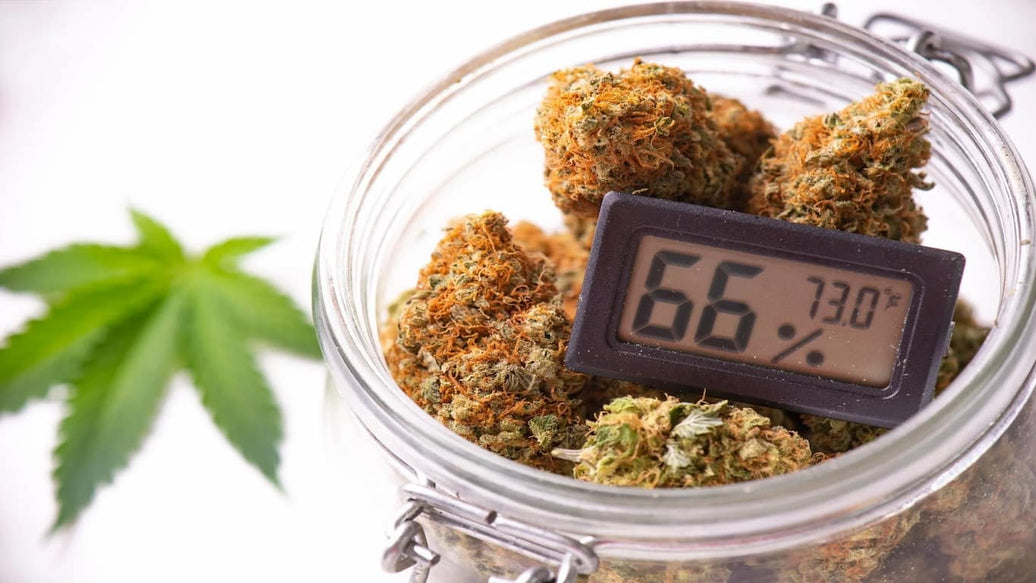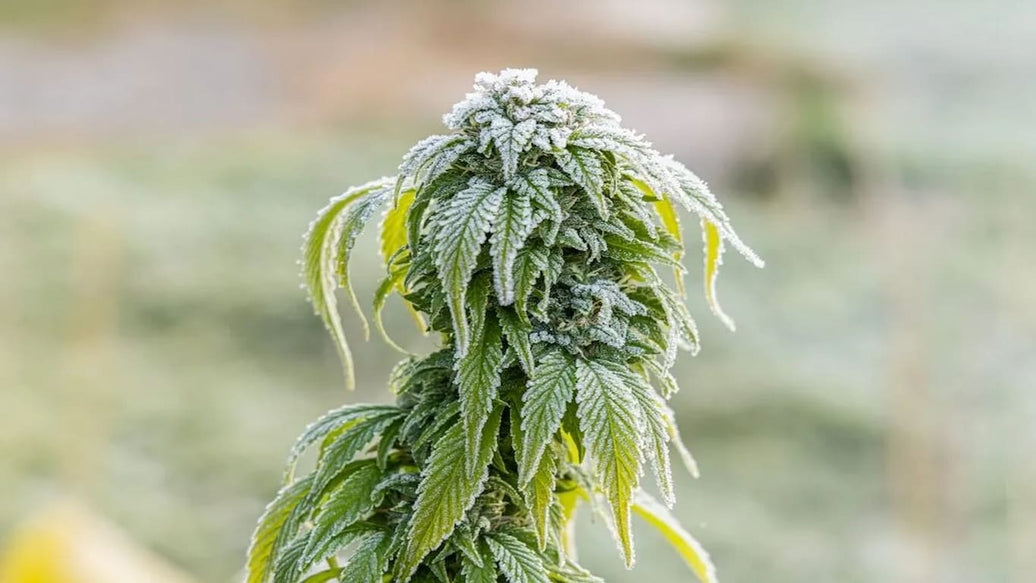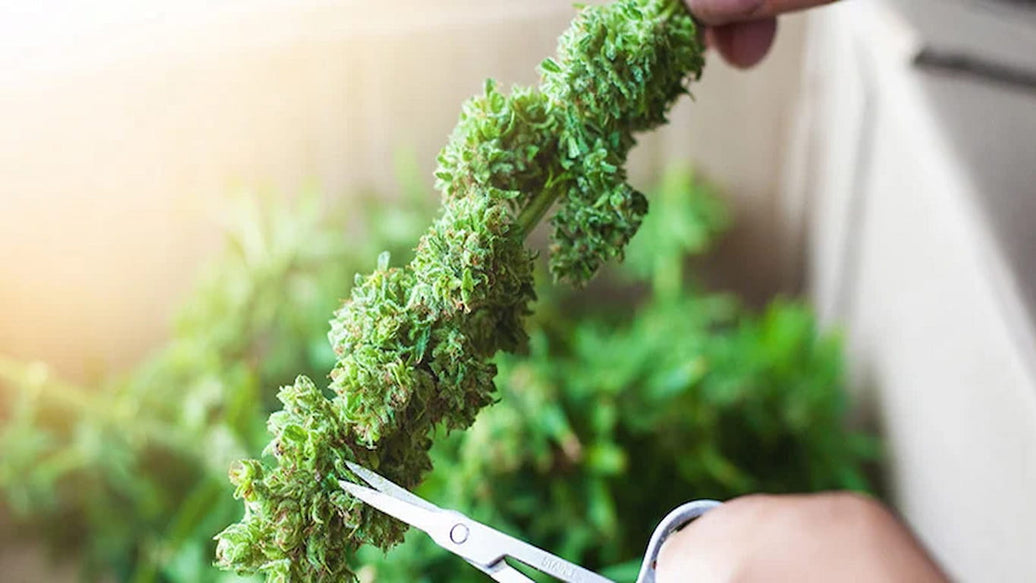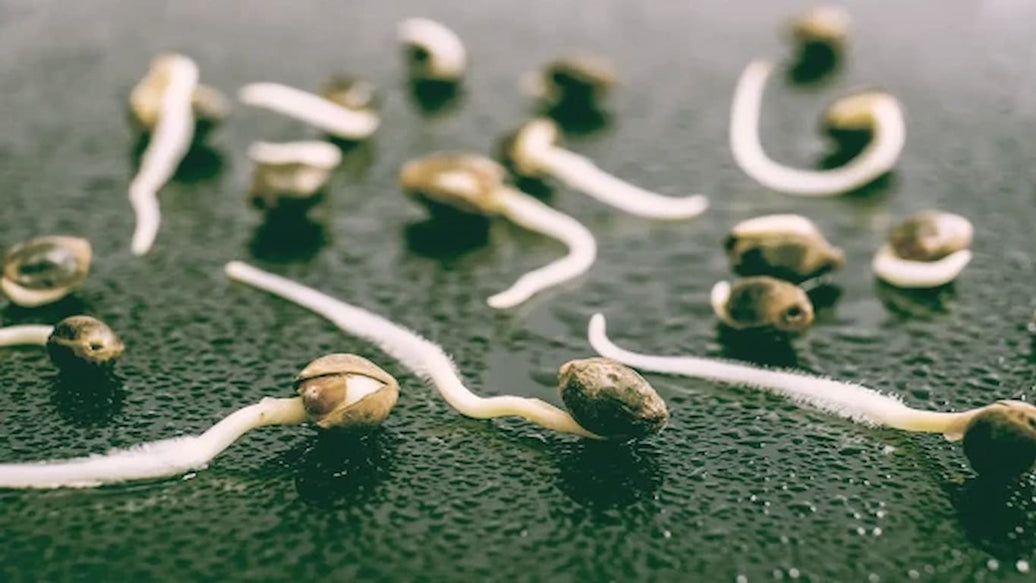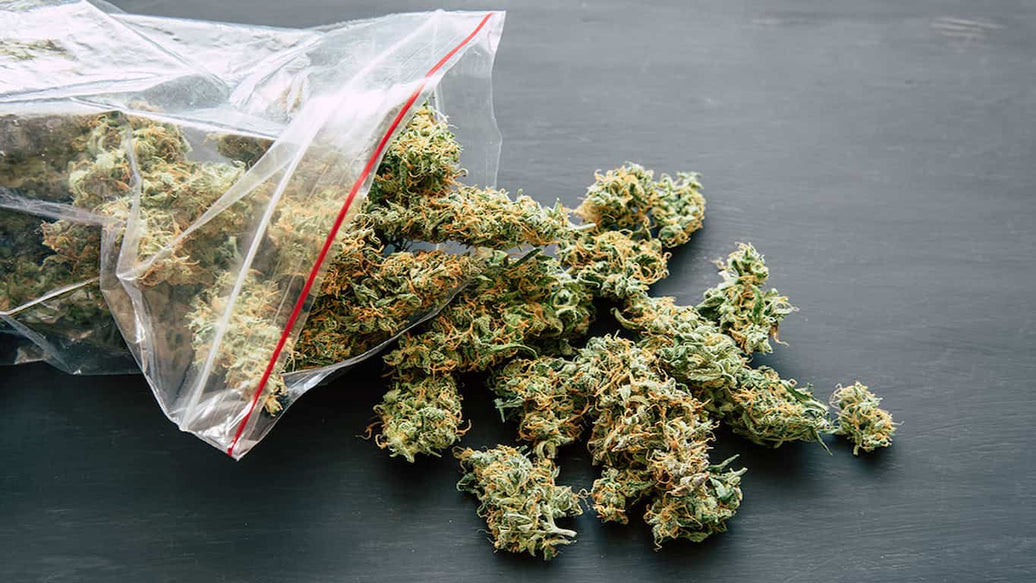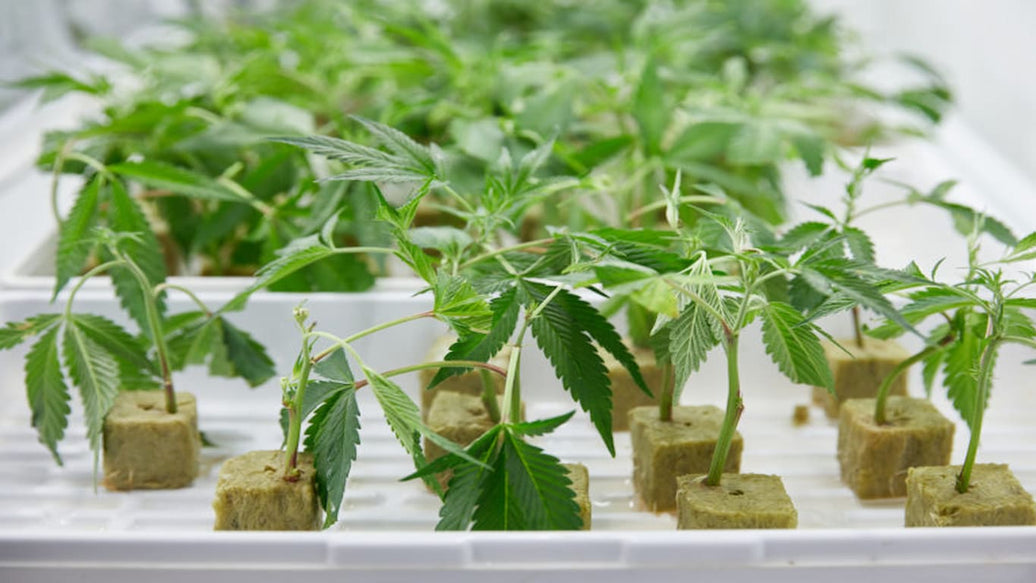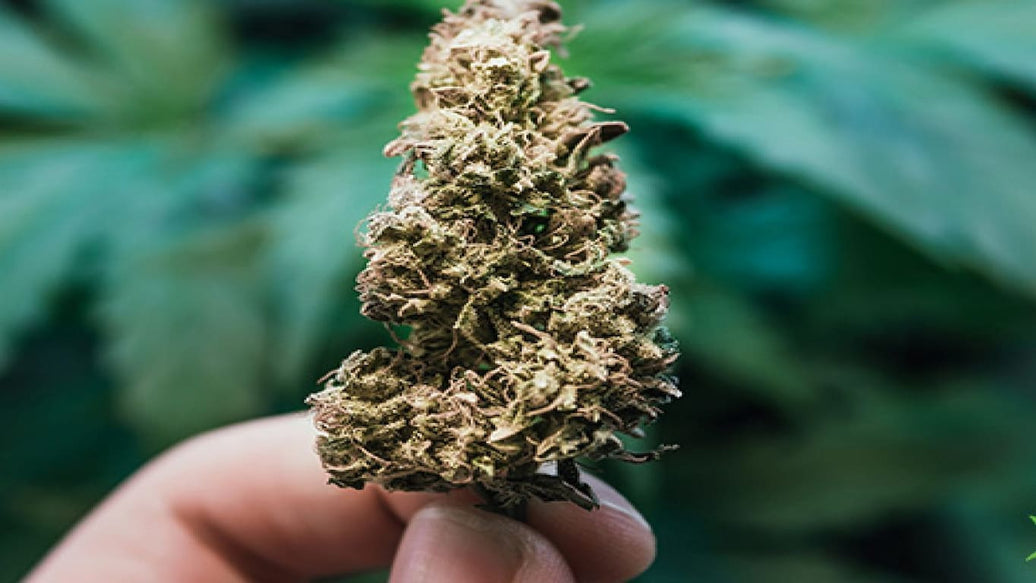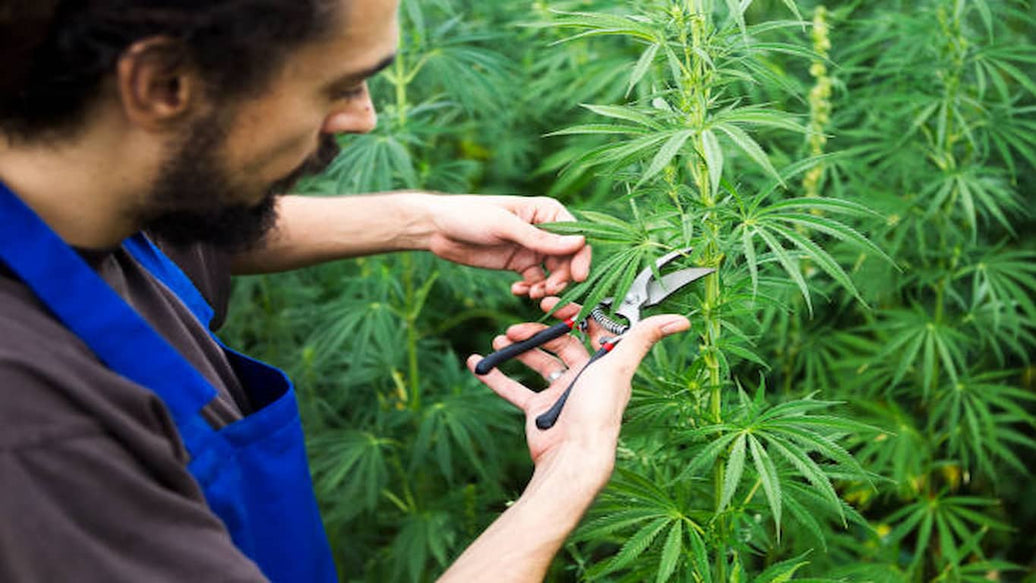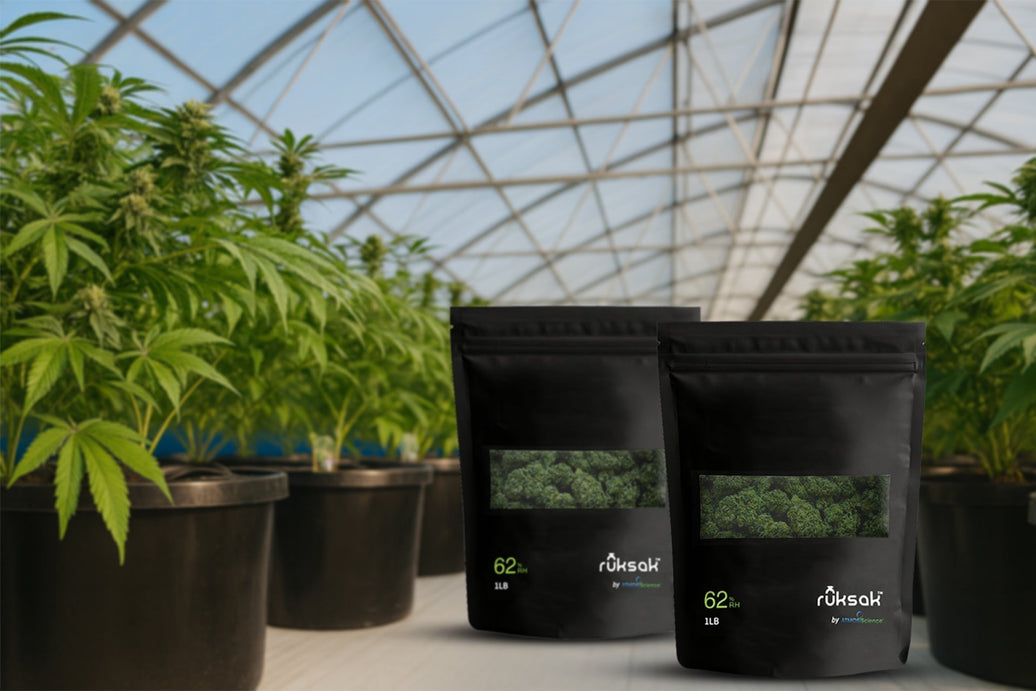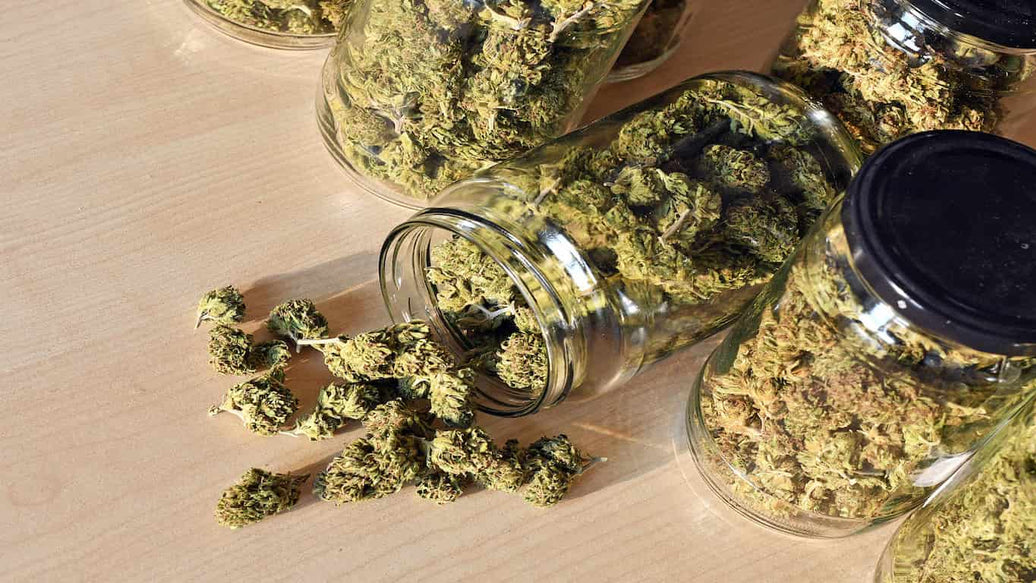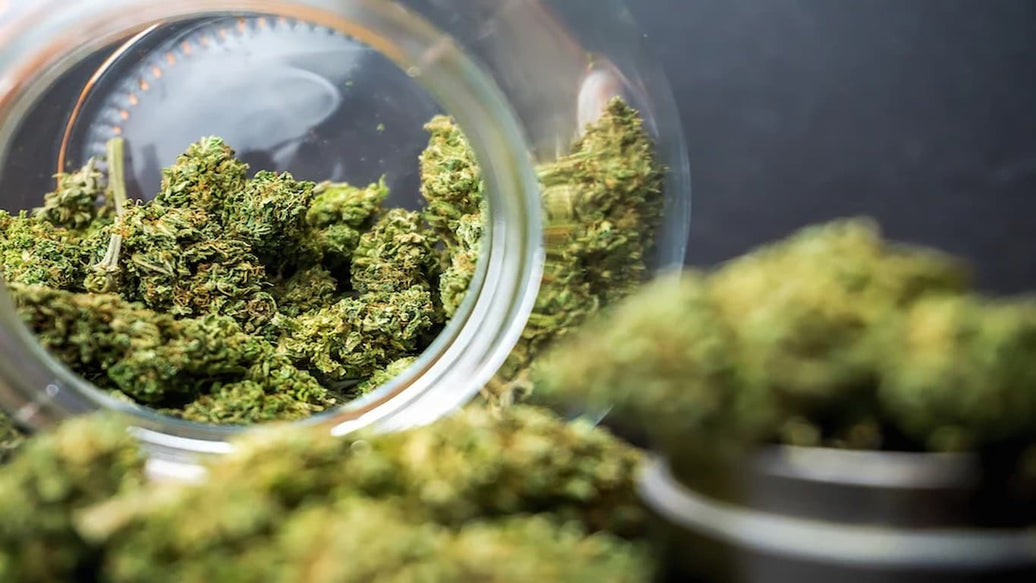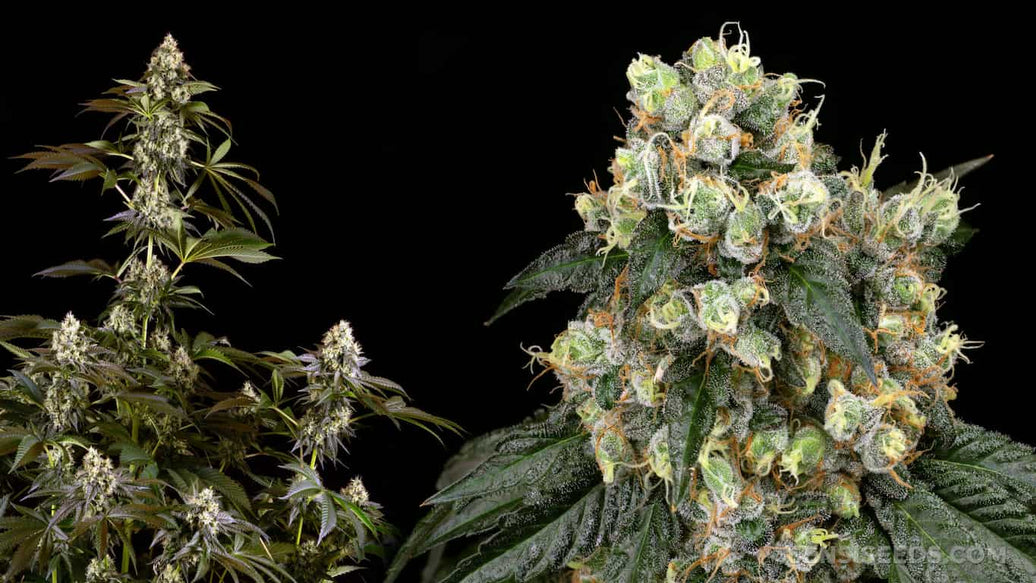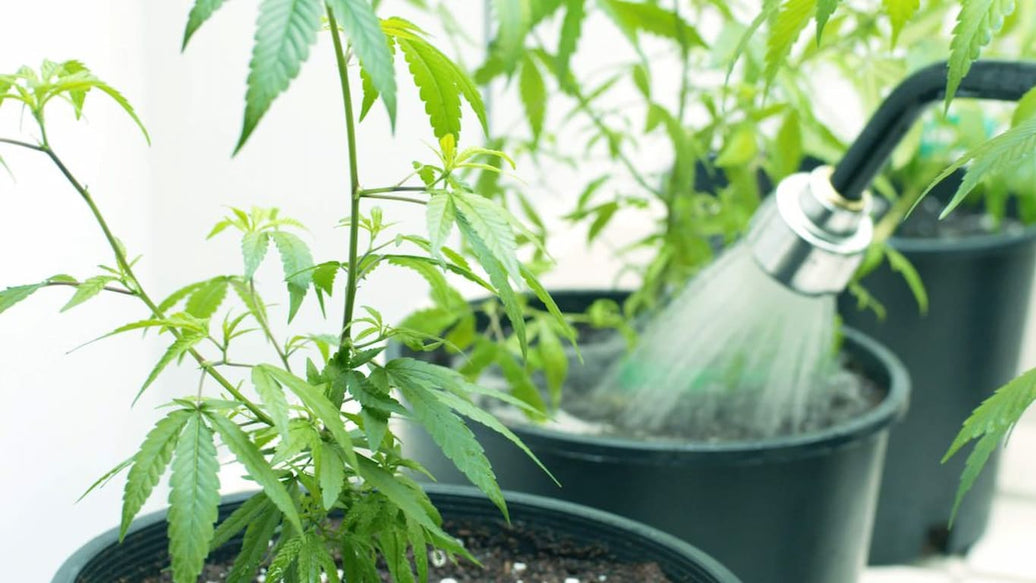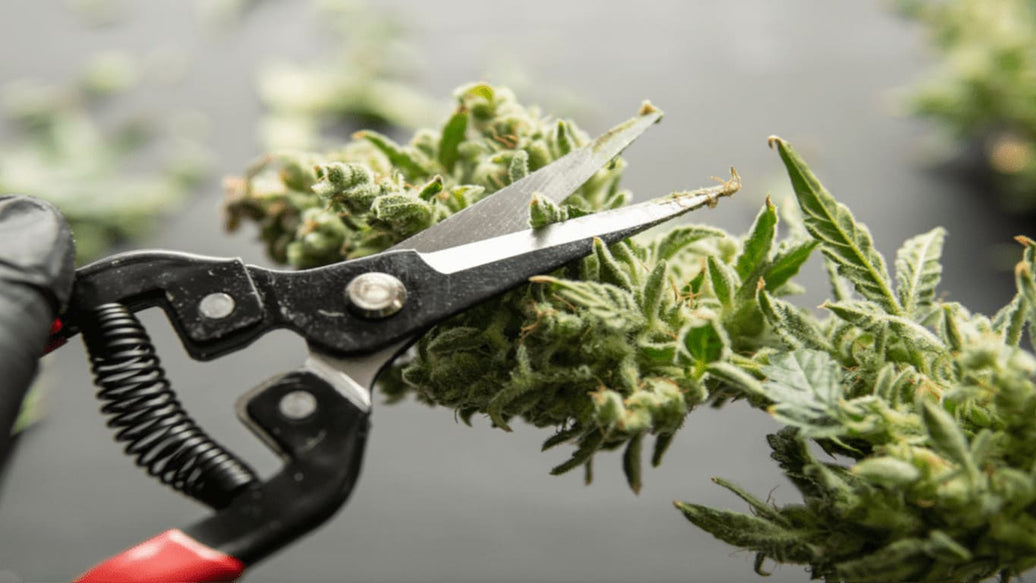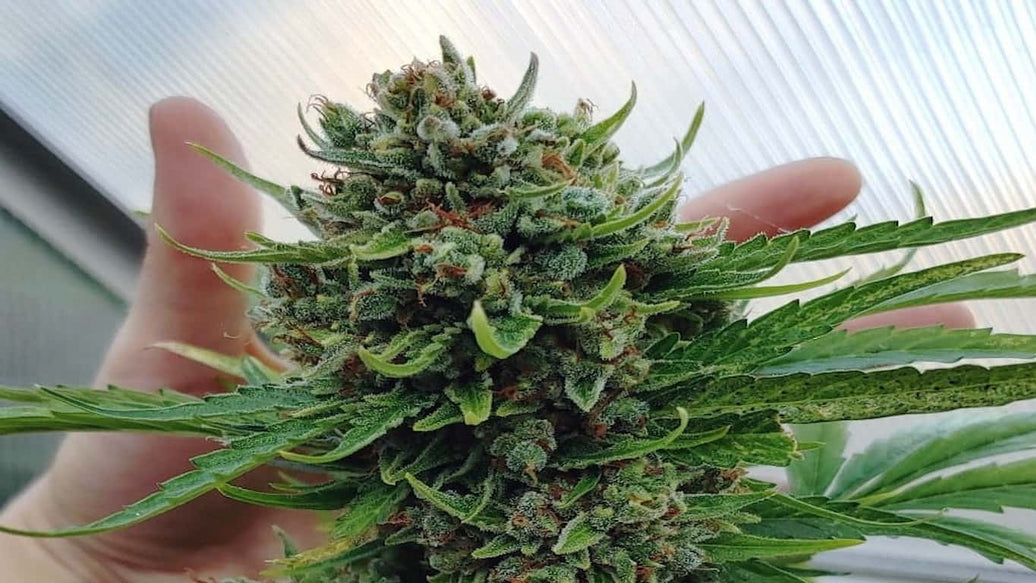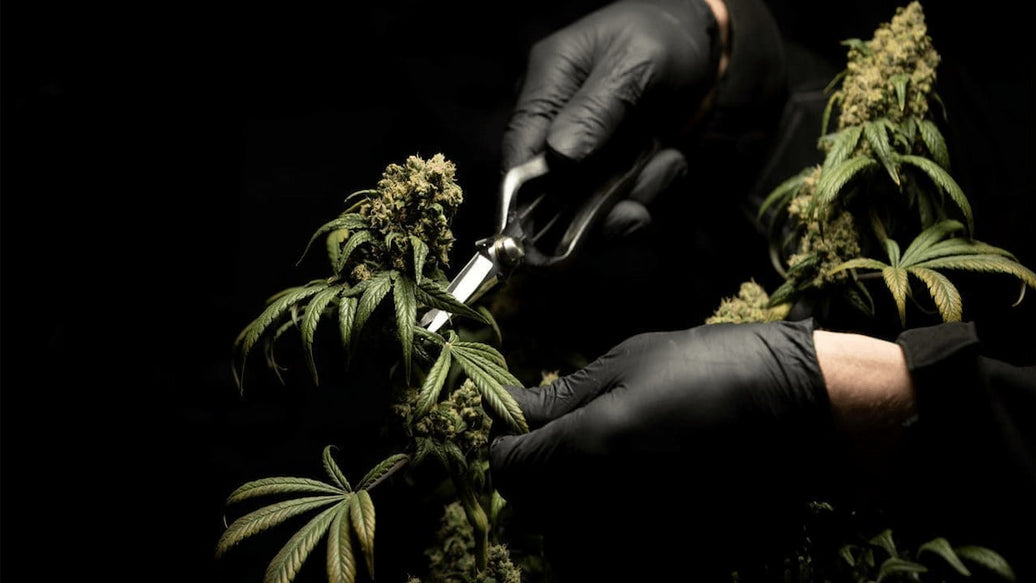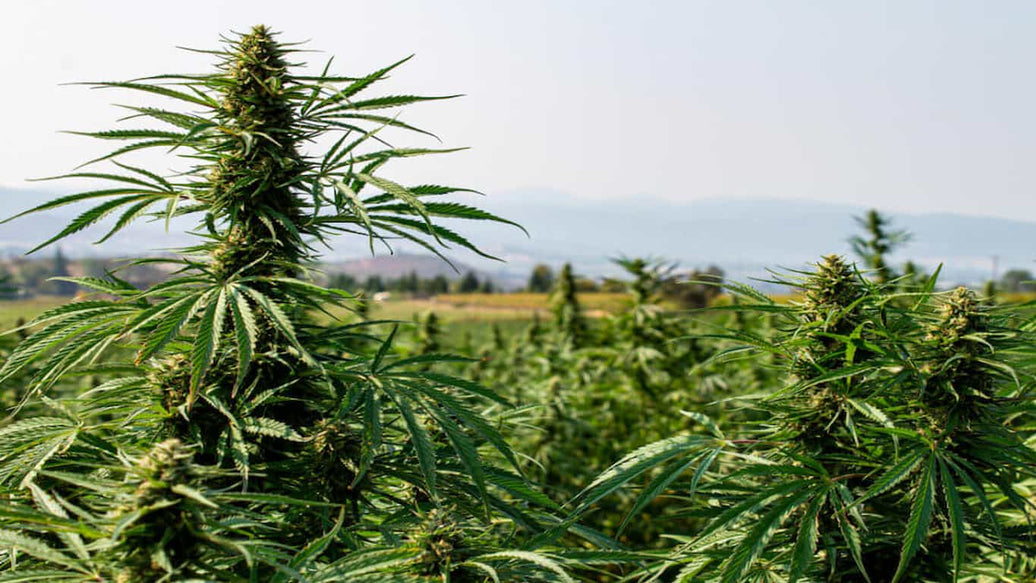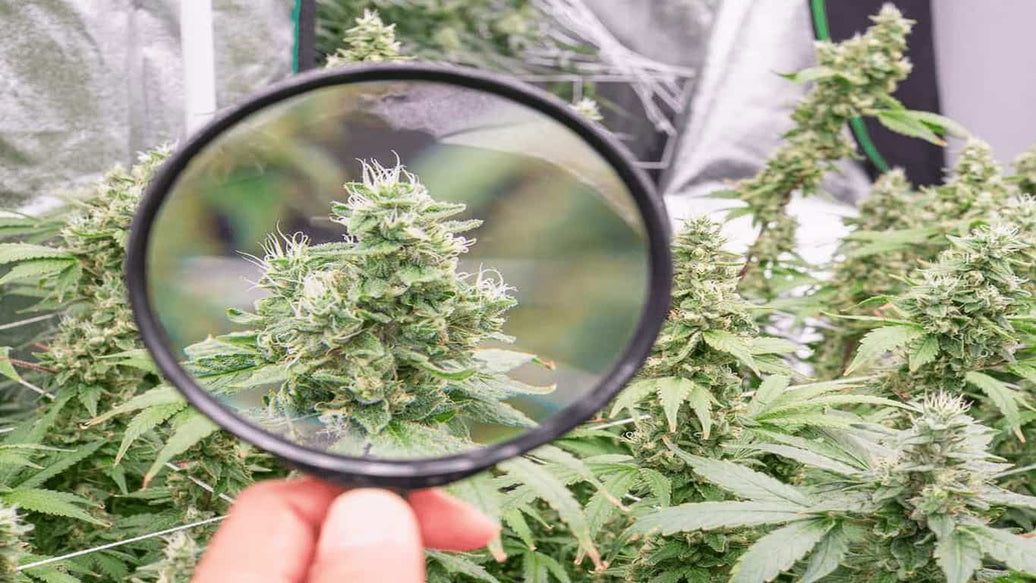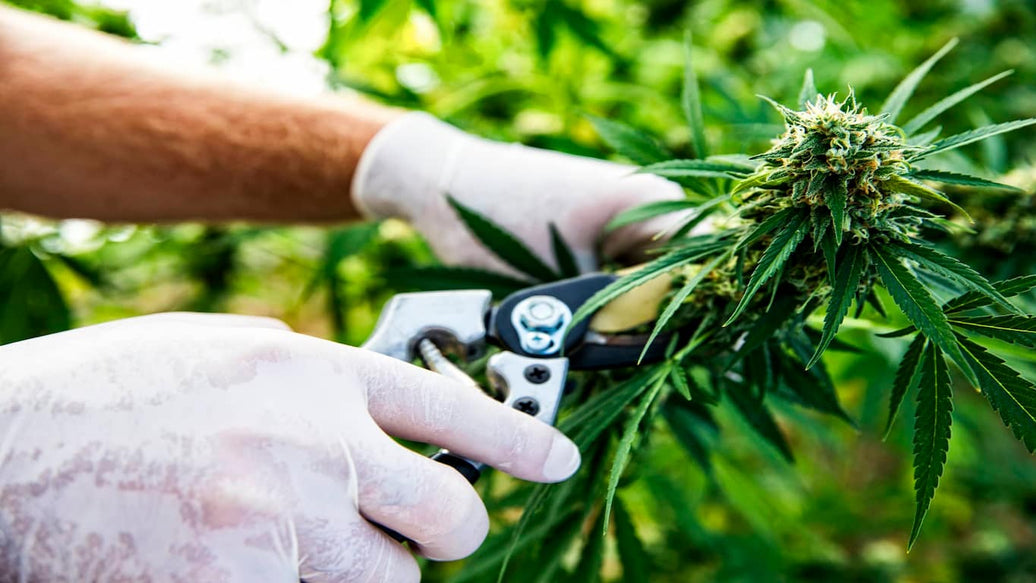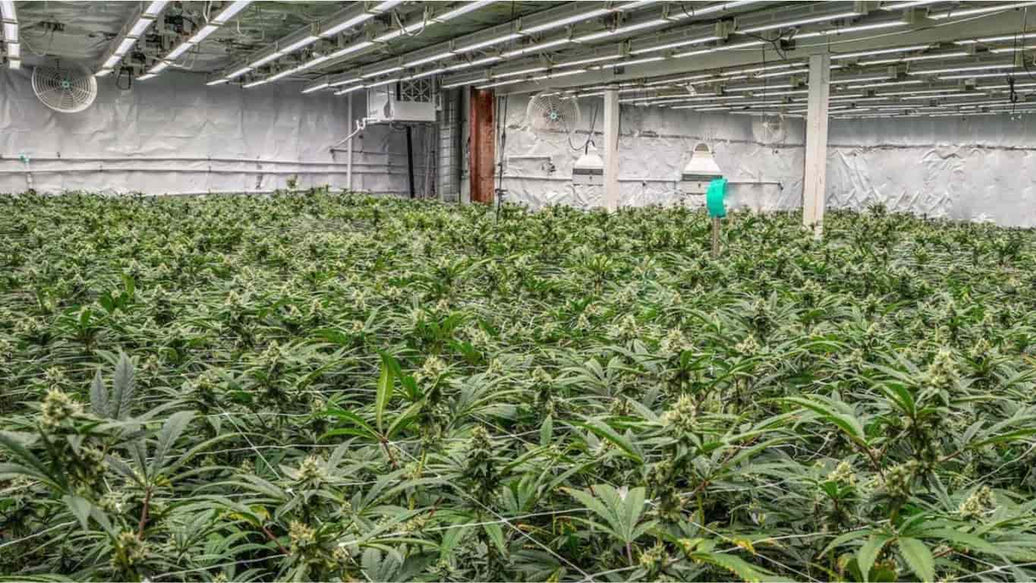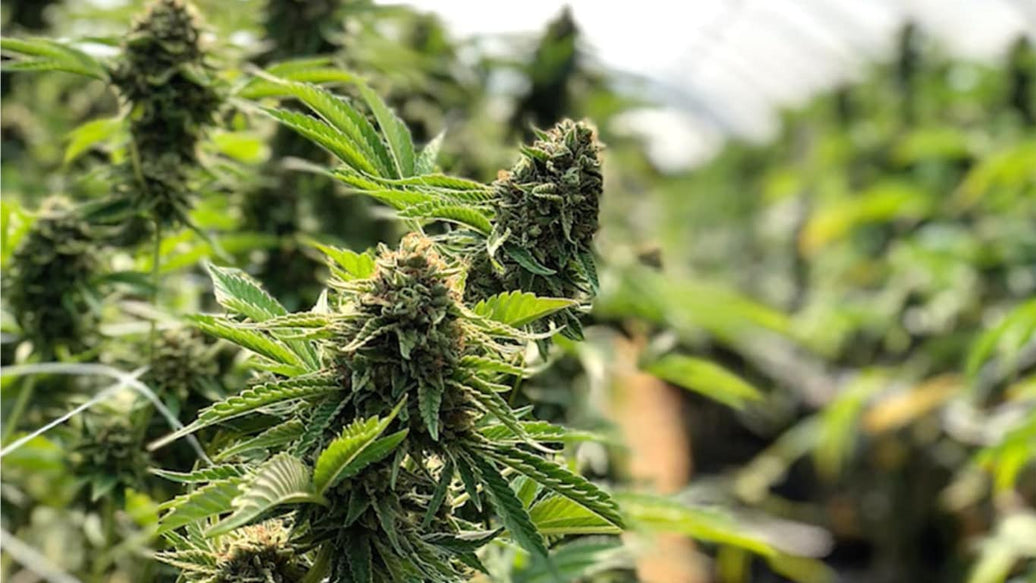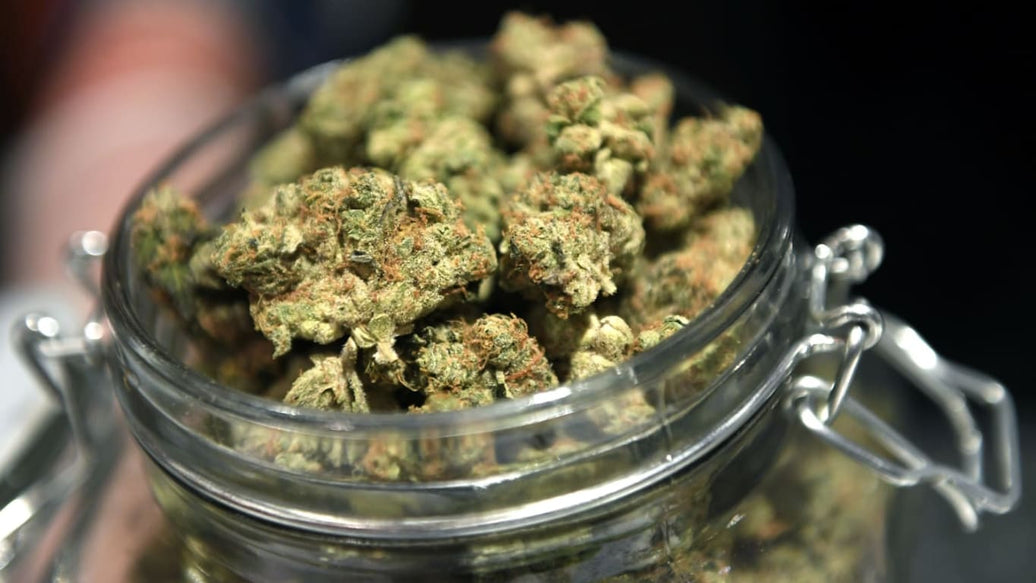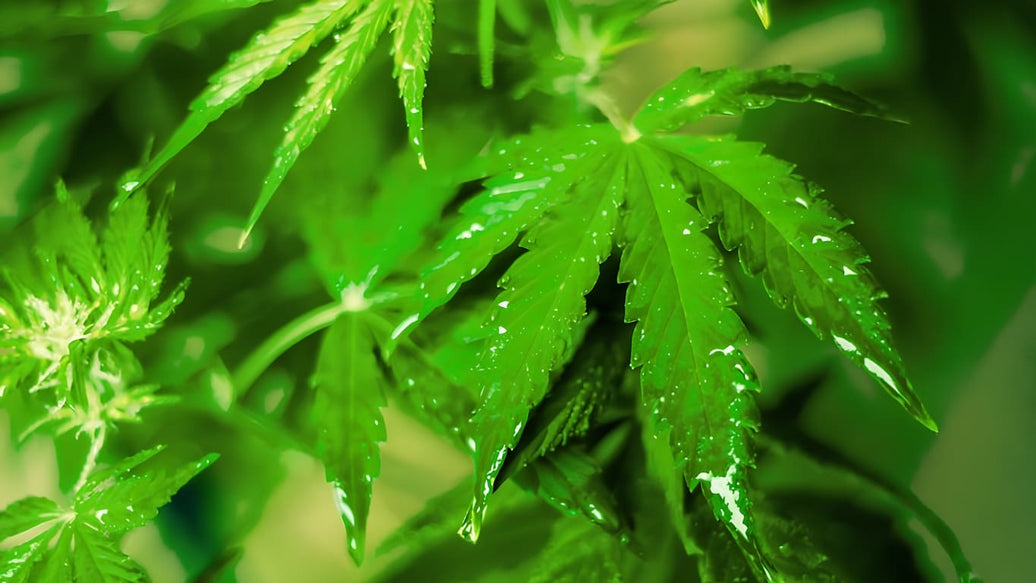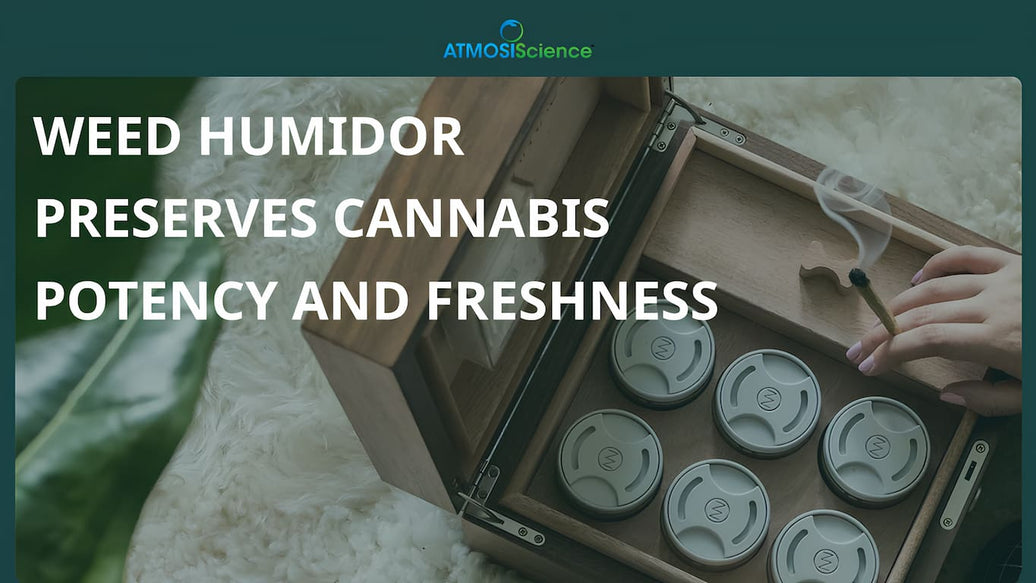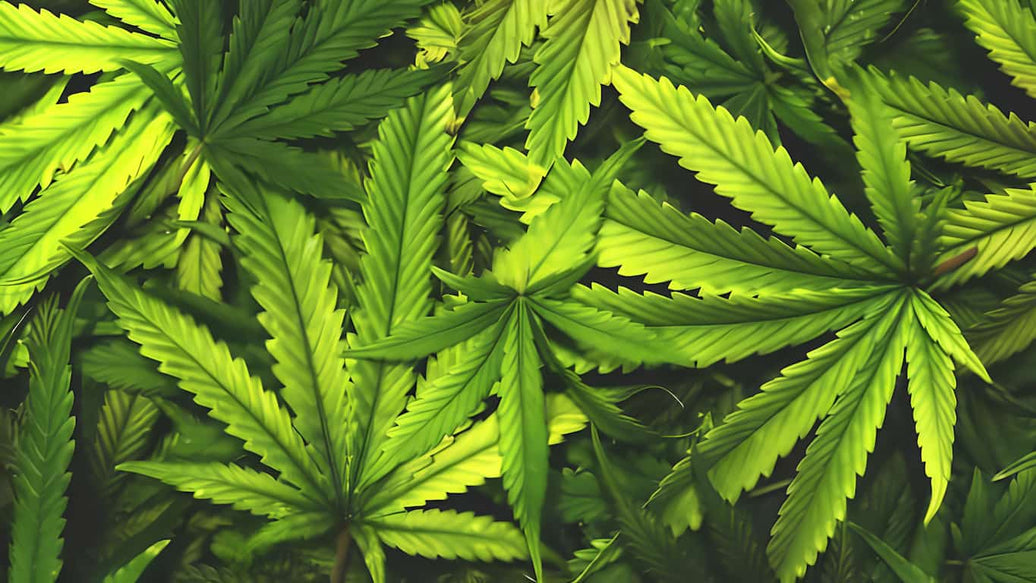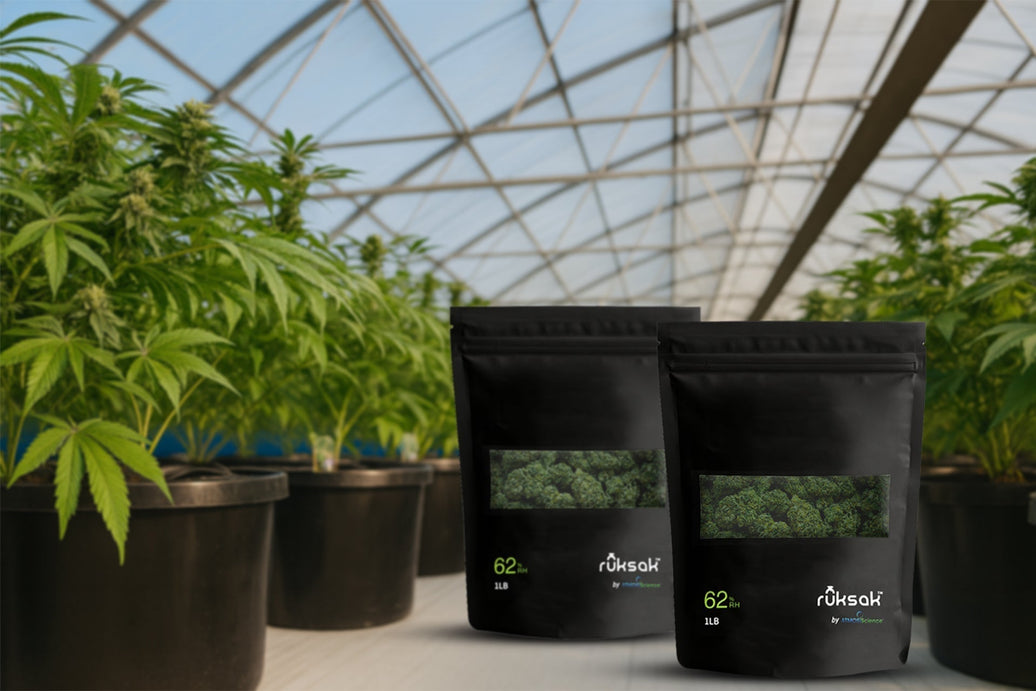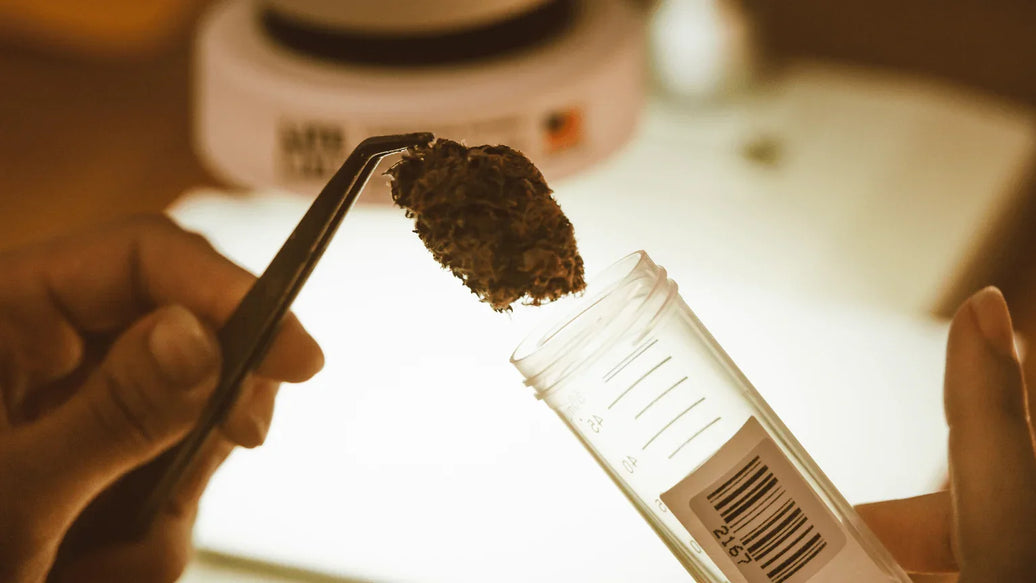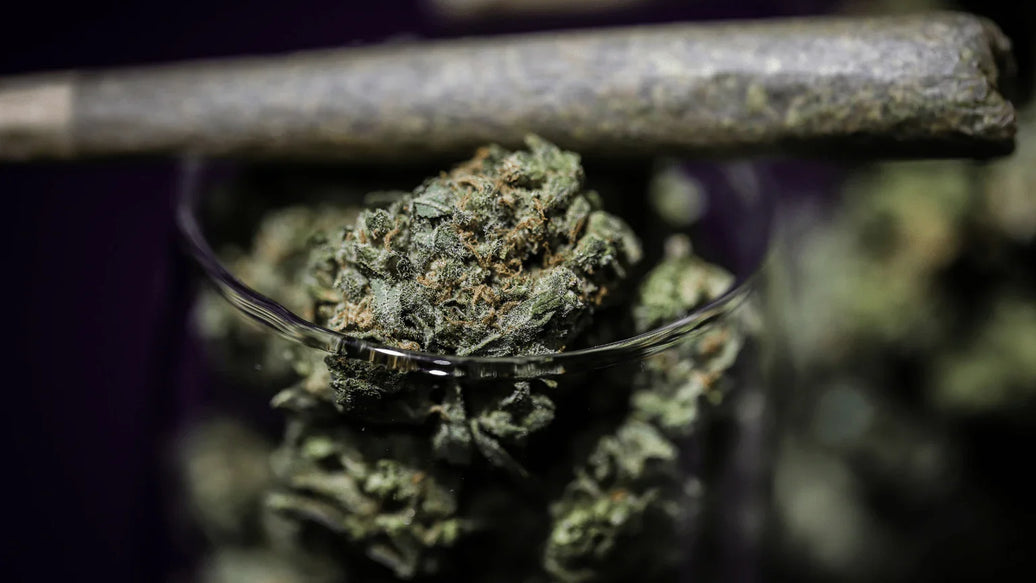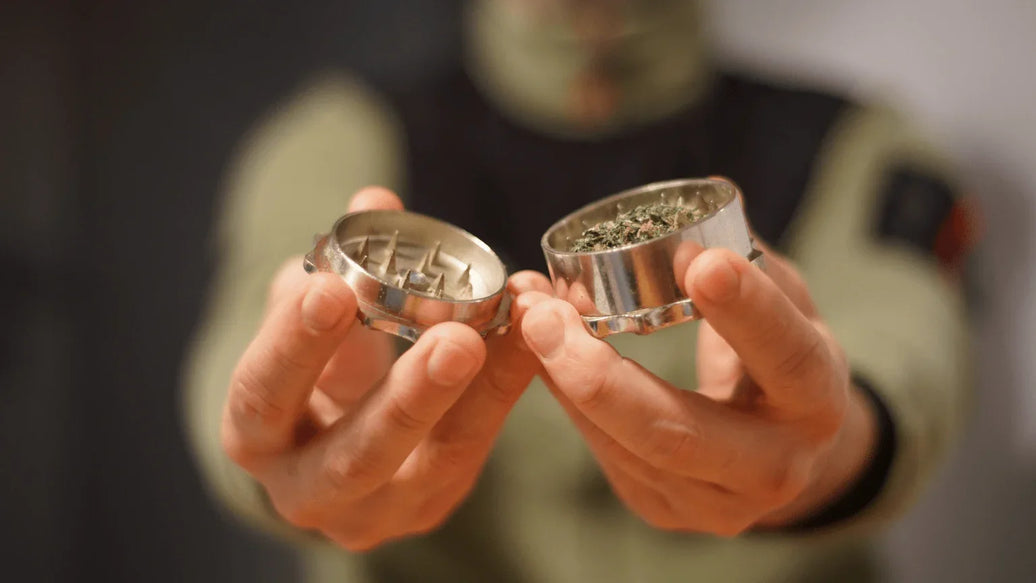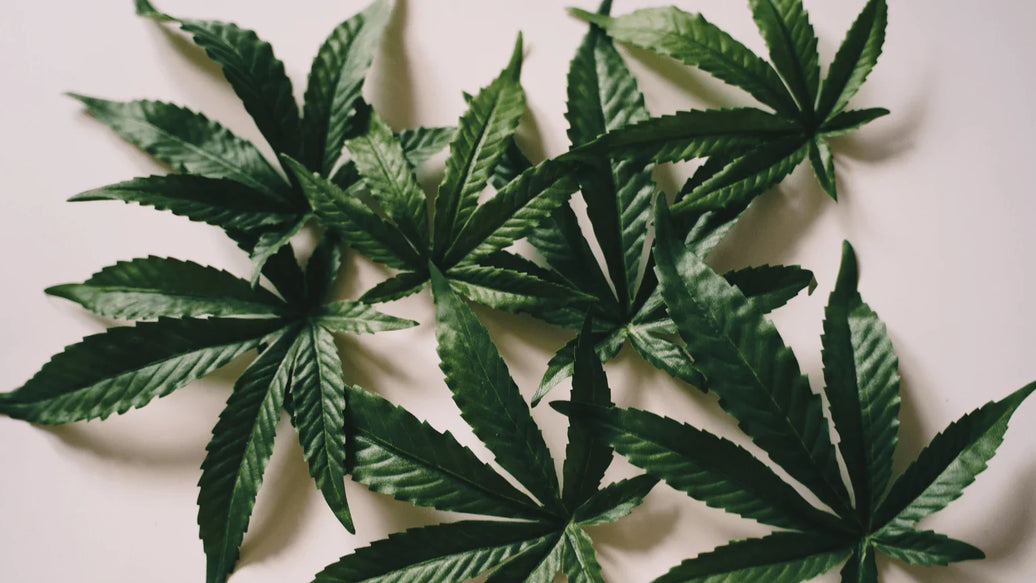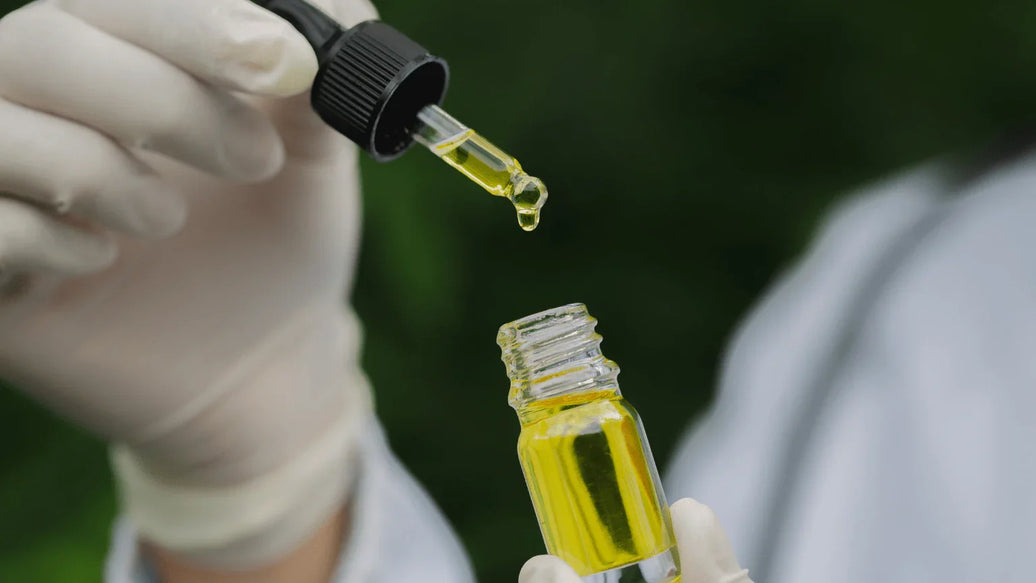Real-world scenarios often hinge on knowing how long a weed stay in your system or how long is weed in urine. Athletes facing doping controls, job applicants undergoing pre-employment screenings, individuals on probation with mandatory monitoring, and medical patients receiving routine checkups all require clarity on detection windows. Inaccurate assumptions can lead to failed tests, unwarranted consequences, or unnecessary anxiety. This blog analyzes the pharmacokinetics of THC, outlines detection windows for urine, blood, saliva, hair, and sweat tests and clearance factors.

Basics of THC metabolism
Absorption & distribution
After inhalation, THC rapidly crosses the pulmonary alveolar membrane into the bloodstream, with peak plasma concentrations occurring within 3–10 minutes. Bioavailability ranges from 10%–35%, influenced by inhalation technique and breath-holding duration. Oral ingestion delays absorption; peak levels arise 1–3 hours post-consumption, with bioavailability between 4%–12% due to first-pass metabolism. Lipid solubility enables swift tissue distribution, with an initial distribution half-life of 10–20 minutes.
Phase i and phase ii metabolism
Phase I metabolism in the liver is mediated by cytochrome P450 isoenzymes (CYP2C9, CYP3A4), converting THC to the psychoactive 11-hydroxy-THC (11-OH-THC), followed by further oxidation to 11-nor-9-carboxy-THC (THC-COOH). Phase II conjugation attaches glucuronic acid, creating THC-COOH glucuronide, enhancing water solubility for renal excretion. This metabolic cascade underlies detection of both parent drug and metabolites in biological matrices.
Storage in fatty tissues
Highly lipophilic THC accumulates in adipose tissue, forming a reservoir that slowly releases back into circulation. Chronic users establish larger adipose stores, prolonging detectability. Infrequent users clear the majority of THC-COOH within days, whereas frequent heavy users exhibit detectable metabolites for weeks post-abstinence.

Detection windows by test type
Urine tests
Urinalysis detects THC-COOH, the major inactive metabolite, using immunoassay screening (cutoff 50 ng/mL) and confirmatory GC-MS or LC-MS/MS (cutoff 15 ng/mL).
- Occasional users: 3–7 days detectable.
- Moderate users (4×/week): 7–14 days.
- Chronic heavy users: 30–60 days, with rare cases exceeding 90 days.
Detection windows vary by individual physiology and assay sensitivity. High fluid intake can dilute samples, potentially yielding false negatives or sample rejections.
Blood tests
Blood tests measure parent THC and its metabolites, offering insight into recent use.
- Occasional users: THC detectable for 1–6 hours, metabolites up to 24 hours.
- Chronic users: Low-level THC may persist up to 48 hours; THC-COOH detectable 2–3 days post-use.
Blood assays (GC-MS) require venipuncture and are costly; primarily used in forensic and clinical impairment assessments.

Saliva (oral fluid) tests
Oral fluid testing captures unmetabolized THC, reflecting recent consumption:
- Detection window: 1–24 hours for smoked cannabis, extended up to 48 hours for high-potency products.
- Cutoffs: 1–10 ng/mL THC.
Noninvasive collection makes saliva tests popular for roadside screening, though oral contamination from smoke can inflate initial readings.
Hair follicle tests
Hair samples incorporate both THC and THC-COOH into keratin, providing a 90-day exposure history:
- Segmental analysis: Monthly segments correspond to past use.
- Chronic vs. single-use: Single-use may not exceed the threshold (1 pg/mg), while frequent use yields clear positives.
External contamination is mitigated by washing protocols and metabolite confirmation.
Sweat patch tests
Adhesive sweat patches worn for up to 14 days collect continuous secretion of THC-COOH:
Detection range: 7–14 days, depending on adherence and wear time.
Used by probation and occupational health programs to monitor abstinence, with patches changed weekly.
Factors affecting detection time

Frequency & amount of use
The greatest determinant of how long does weed stay in your system is consumption pattern. Occasional users clear THC rapidly, while heavy daily users show prolonged retention due to cumulative fat storage.
Elimination half-life of THC-COOH:
- Infrequent users: ~1.3 days.
- Frequent users: 5–13 days; accumulation extends total clearance to several weeks.
Individual physiology
Higher body fat percentage correlates with increased sequestration and slower release. Age-related metabolic decline, sex differences in body composition, and genetic polymorphisms in CYP2C9/CYP3A4 impact clearance rates.
Potency & consumption method
High-THC concentrates, edibles, and vaping deliver greater THC loads, elevating blood Cmax and prolonging half-life. Edibles produce higher 11-OH-THC levels, which may extend detection windows for both parent and metabolite assays.
Hydration and urine pH
Fluid intake affects how long is weed in urine: excessive hydration dilutes metabolites, dropping below test cutoffs, risking false negatives or specimen rejection. Urine acidity can enhance metabolite excretion but varies by individual.

Co-medications and health conditions
Drugs that inhibit CYP2C9 (e.g., fluconazole, amiodarone) slow THC metabolism, prolonging detectability. Hepatic or renal dysfunction reduces metabolic capacity and elimination efficiency.
Practical implications & legal considerations
Medical cannabis patients
Patients should inform healthcare providers and employers of therapeutic cannabis use. Distinguishing between impairment and residual metabolites is critical for fair assessment.
Impairment vs. presence
Detection of THC-COOH does not equate to impairment. Blood THC levels above 5 ng/mL correlate with impairment, whereas metabolite presence merely indicates prior exposure.
Discover more our blog: Cannabis Dispensary Supplies: Essential Medical Accessories
Legal thresholds
Jurisdictions vary: some set per se limits (e.g., 2 ng/mL THC in blood), while others prohibit any detectable THC metabolites in safety-sensitive roles.
ATMOSIScience’s products for your better use

Humidi-Cure®
Humidi-Cure® maintains optimal 62% relative humidity, preserving cannabinoid potency and preventing mold. Consistent humidity ensures stable THC-metabolite profiles for reliable at-home testing and potency analysis.
ruksak bags
These ruksak bamboo bags block light, oxygen, and moisture, protecting stored cannabis from oxidative degradation. Stable storage reduces variation in metabolite concentrations, supporting accurate urine and saliva tests.
Jar liners
Liners from ATMOSIScience are inserted between jars and lids create an airtight seal, preventing moisture ingress and terpene loss. This ensures consistent sample composition for potency assays and urine analysis.
Conclusion
Comprehending how long does weed stay in your system empowers individuals to navigate medical screenings, employment tests, and legal requirements confidently. Detection windows range from hours in blood and saliva to months in hair; metabolic factors and usage patterns shape elimination timelines. Natural clearance through abstinence remains the gold standard. Utilize ATMOSIScience’s storage solutions to maintain sample integrity, ensuring consistent metabolite profiles for accurate at-home or clinical testing.
Follow ATMOSIScience for the latest research updates, leave your questions below, and download our free Cannabis Storage Guide to optimize your sample preparation and storage practices.
For detailed storage tips, visit now “How To Store Your Weed (Best & Worst Methods).”

